Contact Nadine Gruhn if you are a Penn faculty, postdoc or student and are interested in becoming a member of the Vagelos Institute.
| Director | |
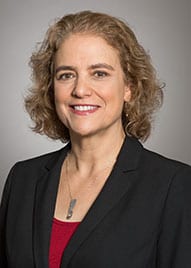 |
Karen I. Goldberg (she/her) Vagelos Professor of Energy Research |
| Managing Director | |
 |
Nadine E. Gruhn (she/her) Dr. Gruhn has been with the Vagelos Institute since 2017. From 2008 to 2017 she was the Managing Director of the first NSF Center for Chemical Innovation, the Center for Enabling New Technologies through Catalysis, led by the University of Washington. Prior to that, she was a Staff Scientist at the University of Arizona and Director of the Center for Gas-Phase Electron Spectroscopy. She earned a B.S. degree from the University of Nebraska-Lincoln, her Ph.D. in Inorganic Chemistry from the University of Arizona, and did postdoctoral research at Indiana University. |
| Administrative Coordinator | |
 |
Ms. Martinez has been with the Vagelos Institute since 2023. She received her B.A. in Chemistry and History from the University of Miami (FL) in 2011, and a M.A. in Modern European Studies at Columbia University in 2015. She spent the next few years working at the College of Central Florida, including two years as Dual Enrollment Coordinator working directly with high school students taking college credit courses. In 2023, she completed her M.S. in Education at Penn’s Graduate School of Education. She is also the administrative coordinator for the undergraduate, dual-degree Vagelos Integrated Program in Energy Research (VIPER). |
| Executive Committee | |
 |
Zahra Fakhraai (she/her) Professor of Chemistry
|
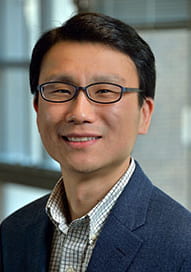 |
Russell Pearce and Elizabeth Crimian Heuer Professor of Chemical and Biomolecular Engineering Energy Research Interests: The Soft Materials Research and Technology (SMART) lab is dedicated to innovating soft matter systems and processes aimed at addressing critical challenges in energy and sustainability. We specialize in optimizing polymer-porous solid interactions for plastic waste upcycling, creating bicontinuous materials to enhance energy device efficiency, and fabricating polymer nanocomposite coatings/membranes for effective water, heat, and light management. |
 |
Vagelos Professor of Energy Research |
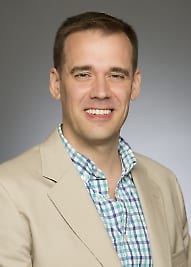 |
Professor of Chemistry
|
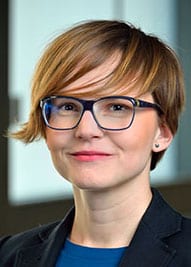 |
Aleksandra Vojvodic (she/her) Rosenbluth Associate Professor of Chemical and Biomolecular Engineering
|
| Other Faculty Members | |
 |
Jessica M. Anna (she/her) Associate Professor of Chemistry |
 |
Robert Carpick (he/him) John Henry Towne Professor |
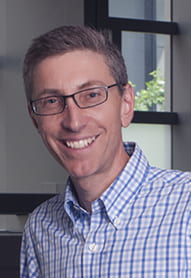 |
Professor and Howell Family Faculty Fellow |
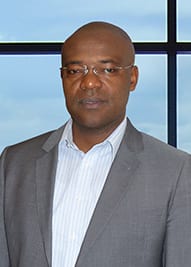 |
Associate Professor of Materials Science and Engineering |
 |
Ivan J. Dmochowski (he/him) Professor of Chemistry |
 |
Fay R. and Eugene L. Langberg Professor of Physics |
 |
President’s Distinguished Professor of Chemistry and Earth & Environmental Science |
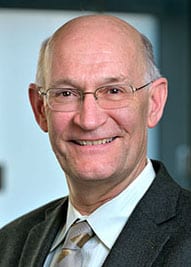 |
Professor Emeritus
|
 |
Lei Gu (he/him) Assistant Professor of Electrical and Systems Engineering |
 |
Associate Professor of Electrical and Systems Engineering |
 |
Stephen J. Angello Professor of Electrical and Systems Engineering, Materials Science and Engineering, and Chemistry |
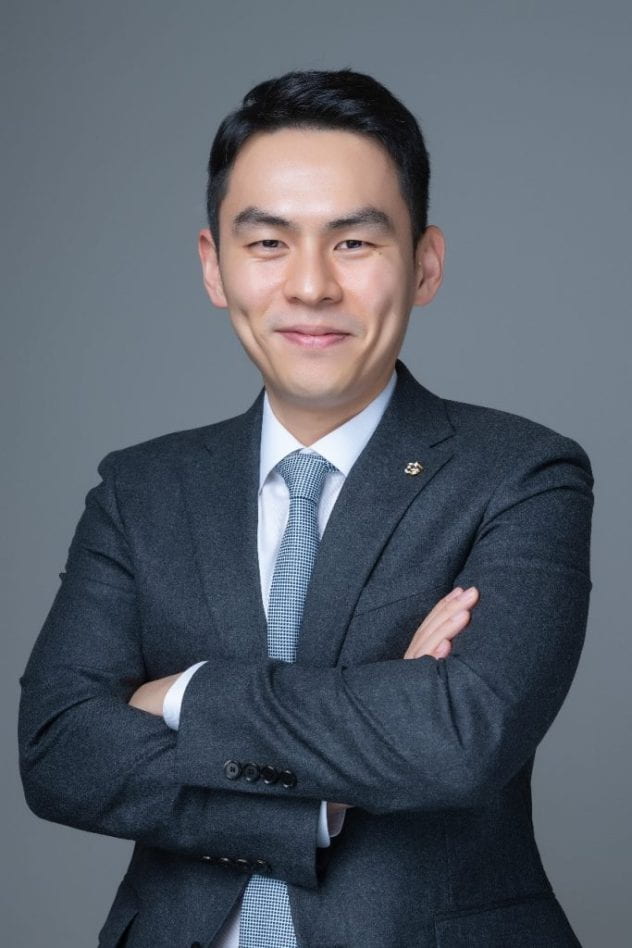 |
Dohyung Kim (he/him) Assistant Professor of Chemical and Biomolecular Engineering |
 |
Marisa C. Kozlowski (she/her) Professor of Chemistry Energy Research Interests: Research thrusts in the Kozlowski group related to energy and sustainability include the upcycling of polyolefins to value-added materials using a range of catalytic processes and the development of more efficient light activated processes for the synthesis of fine chemicals. |
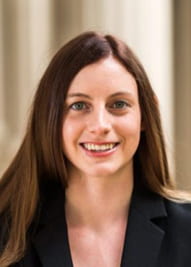 |
Samantha McBride (she/her) William K. Gemmill Term Assistant Professor of Mechanical Engineering Energy Research Interests: Dr. McBride’s research integrates interfacial science, fluid physics, and soft matter physics across multiple length scales to develop engineered solutions for critical challenges in water, energy, and sustainability. Applications include material design for sustainability, recovery of resources and energy from waste streams, CO2 sequestration, environmental remediation, desalination, and other problems within the energy-water nexus. |
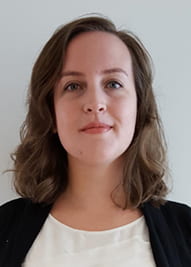 |
Monica E. McCallum (she/her) Assistant Professor of Chemistry
|
 |
Brush Family Professor of Chemistry Energy Research Interests: The Mindiola group works on several fronts relevant to energy. We are currently developing simple-to-make catalysts using earth-abundant metals and exploring how such systems can polymerize terminal alkynes to cyclic polyalkynes. Another project involves the immobilization of well-defined metal pre-catalysts on oxide supports in order to prepare not only highly robust, but recyclable catalysts for the activation and functionalization of alkanes, including methane. |
 |
Richard Perry University Professor of Chemistry and Materials Science and Engineering
|
 |
Donner Professor of Physical Sciences and Professor of Chemistry Energy Research Interests: |
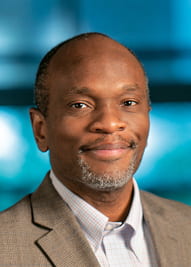 |
Chinedum Osuji (he/him) Eduardo D. Glandt Presidential Professor of Chemical and Biomolecular Engineering Energy Research Interests: The Osuji lab advances research on the synthesis and processing of nanostructured self-assembled materials, including lyotropic surfactant mesophases, and block copolymers. These materials exhibit uniform and tunable nm-scale structure and chemistry, and are being developed for controlling neutral and charged-species transport in applications such as water nanofiltration, and separators for batteries and fuel cells. |
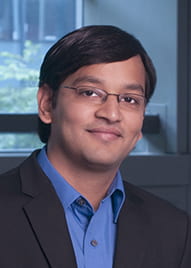 |
Amish J. Patel (he/him) Associate Professor of Chemical and Biomolecular Engineering |
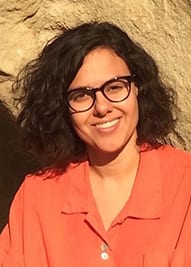 |
Iliana Pérez-Rodríguez (she/her) Assistant Professor of Earth & Environmental Science |
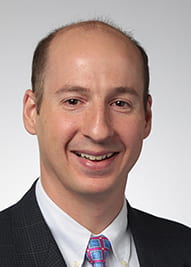 |
Research Assistant Professor of Chemical and Biomolecular Engineering |
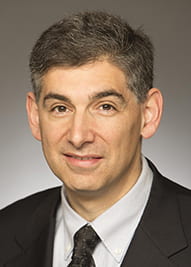 |
Andrew M. Rappe (he/him) Blanchard Professor of Chemistry |
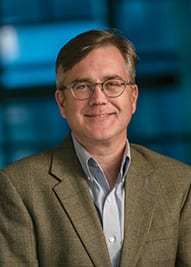 |
Eric Stach (he/him) Robert D. Bent Professor of Engineering Energy Research Interests: The Stach Group focuses on the use of materials characterization approaches to understand the relationship between materials structure and function, using primarily electron, ion and x-ray microscopy techniques. We work collaboratively with many VIEST faculty in the areas of heterogeneous catalysis, solar fuels, electrocatalysis, battery materials and advanced electronics for energy efficiency. |
 |
Kathleen J. Stebe (she/her) Richer & Elizabeth Goodwin Professor of Chemical and Biomolecular Engineering & Mechanical Engineering and Applied Mechanics |
 |
Edmund J. and Louise W. Kahn Endowed Term Professor of Chemistry
|
 |
Neil C. Tomson (he/him) Assistant Professor of Chemistry |
 |
Carl V. S. Patterson Professor of Chemical and Biomolecular Engineering |
 |
Professor of Chemistry |
 |
Karen I. Winey (she/her) Harold Pender Professor of Materials Science and Engineering & Chemical and Biomolecular Engineering Energy Research Interests: The Winey research group is developing polymer membranes for electrochemical devices, particularly fuel cells and batteries, by exploring the underlying physics of charge transport in polymers. In addition, Winey leads a multidisciplinary team to convert polyolefin waste into a feedstock for especially polyolefins. |
 |
Assistant Professor of Physics Energy Research Interests: We develop and utilize time-resolved and nonlinear optical techniques in both the terahertz and optical frequency regimes to study and control properties of materials broadly known as ”quantum materials’’, which are topological and correlated materials. We are particular interested in topological materials and quantum magnets. Our ultimate goals are to understand/discover new physics of these materials and to control them by light or strain or electrical gating to apply them to the next generation of quantum computers, solar cells and memory devices. |
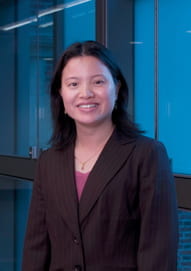 |
Joseph Bordogna Professor of Materials Science and Engineering & Chemical and Biomolecular Engineering |
 |
Assistant Professor of Physics |
